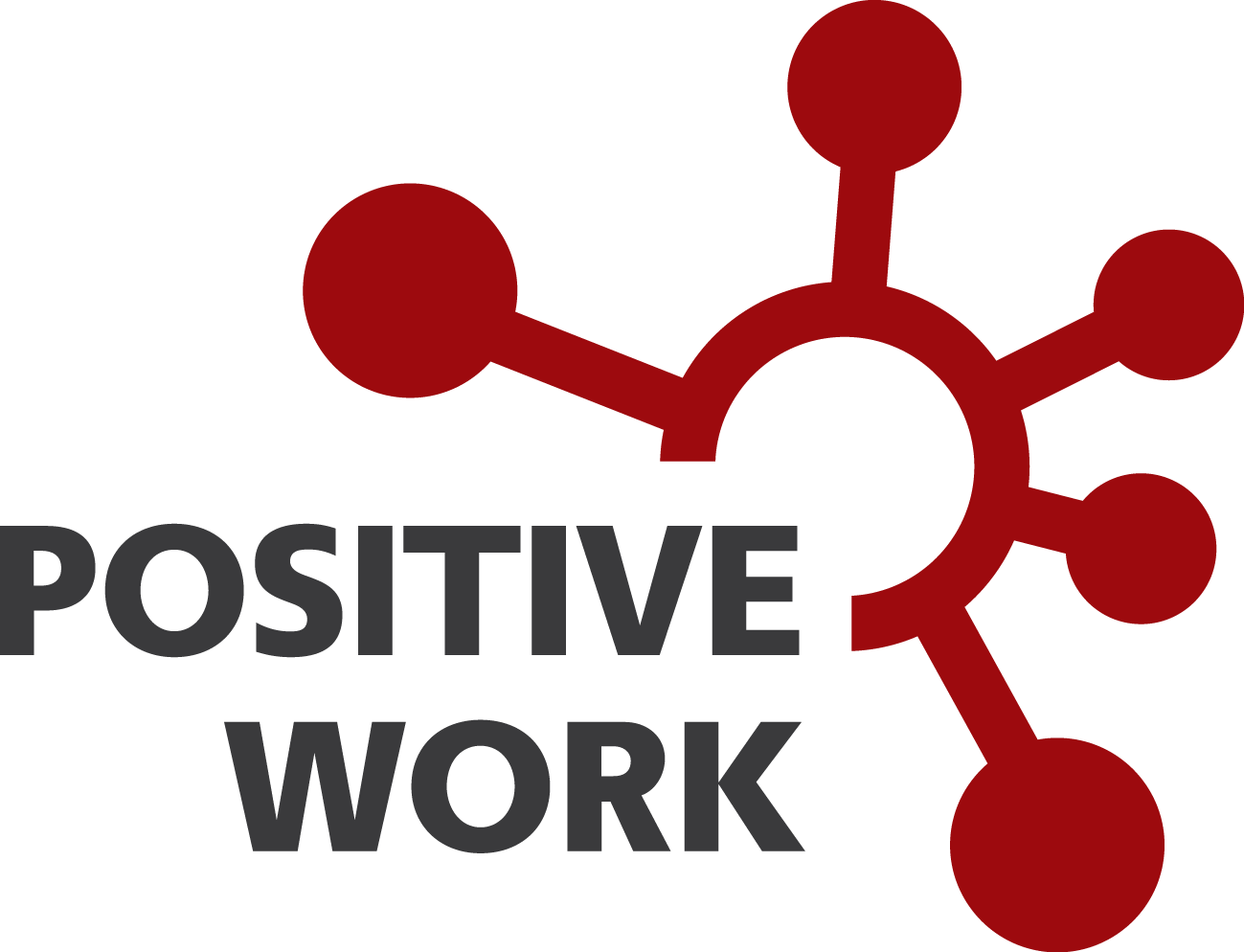Inclusive Leadership: essentials to remember
My purpose is to positively impact the way people lead and it’s impossible to lead well without understanding inclusivity. I have no doubt that you have thought quite a lot about this over the past months…
…How do I make sure everyone feels a sense of belonging in remote working?
…What can I do that might make a difference to our minority colleagues?
…How do I know if I’m talking about these issues correctly?
I spoke with the C-suite of a fast-growing tech company last year about thoughtful inclusion as they onboarded their first female executive. I was asked to help the team reflect on “how” they could practice better inclusion. But before this could happen, they needed discussion and alignment on “why” diversity mattered for their business.
There is an expectation that you will talk about these issues. As leaders, don’t assume that others know “why” diversity matters to you. And don’t assume that you know “what” inclusion feels like for others.
Leadership behaviors drive up to 70% of the difference between employees who feel highly included and those who don’t.
55% of employees say inclusion is discussed but rarely acted on. (Deloitte, June 2018)
What distinguishes inclusive leaders? Here’s what my experience and the research tells us:
1. Courage. Have the tough conversations and take humble ownership to engage others. If you’re not stepping out of your comfort zone, you’re probably not doing enough.
Prioritize time to discuss fairness, justice, and values so that you can listen for how to be an ally.
2. Curiosity. You can only leverage a team’s diversity when you empathically listen and value the viewpoints and talents of others.
Reconsider how you engage with those very different from yourself.
3. Commitment. Model authenticity and treat everyone with fairness and respect.
Voice your values consistently and address, with permission, the behaviors that make people feel they aren’t seen or valued.
You must also be clear about what’s being done at the organizational level – specifically, transparency about diversity metrics, methods to prevent bias in hiring, and career progression criteria.
I would love to hear positive stories of what your workplaces is doing well.
As always, reach out if you’d like more information on this topic.

